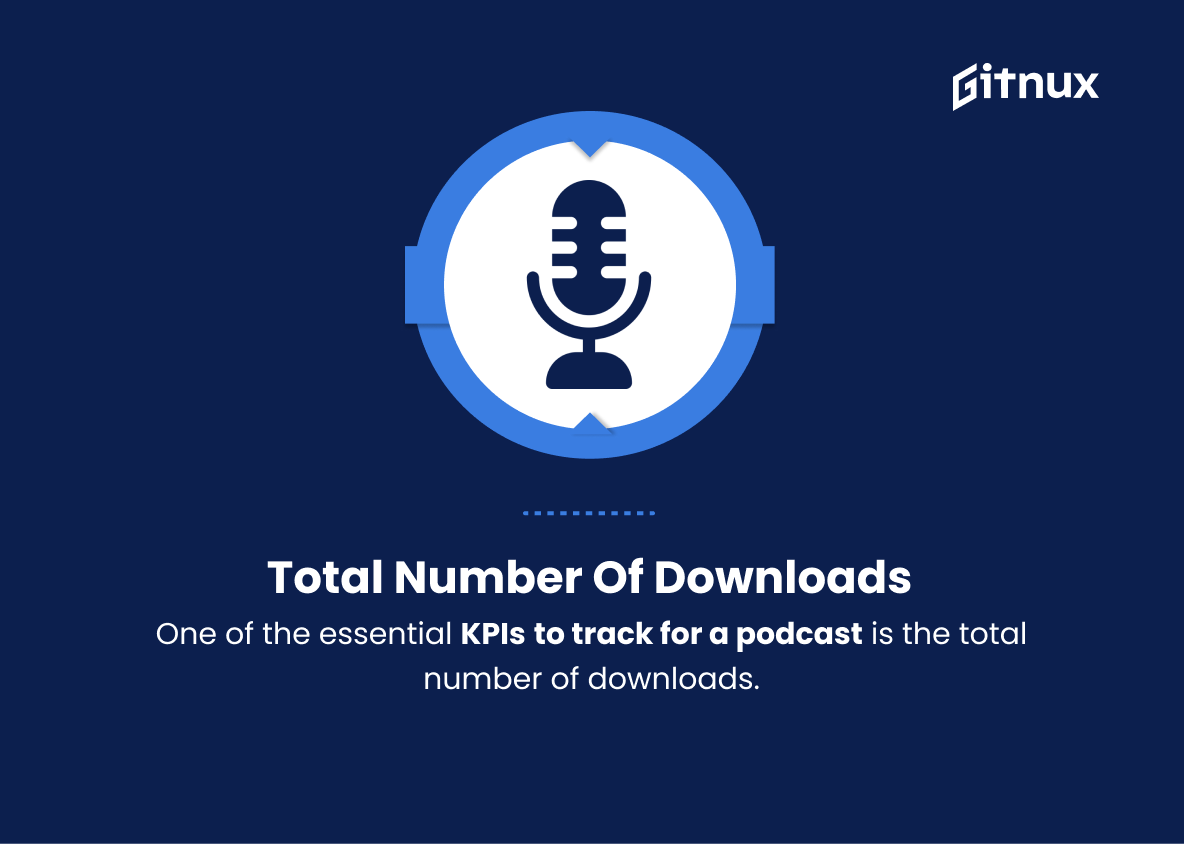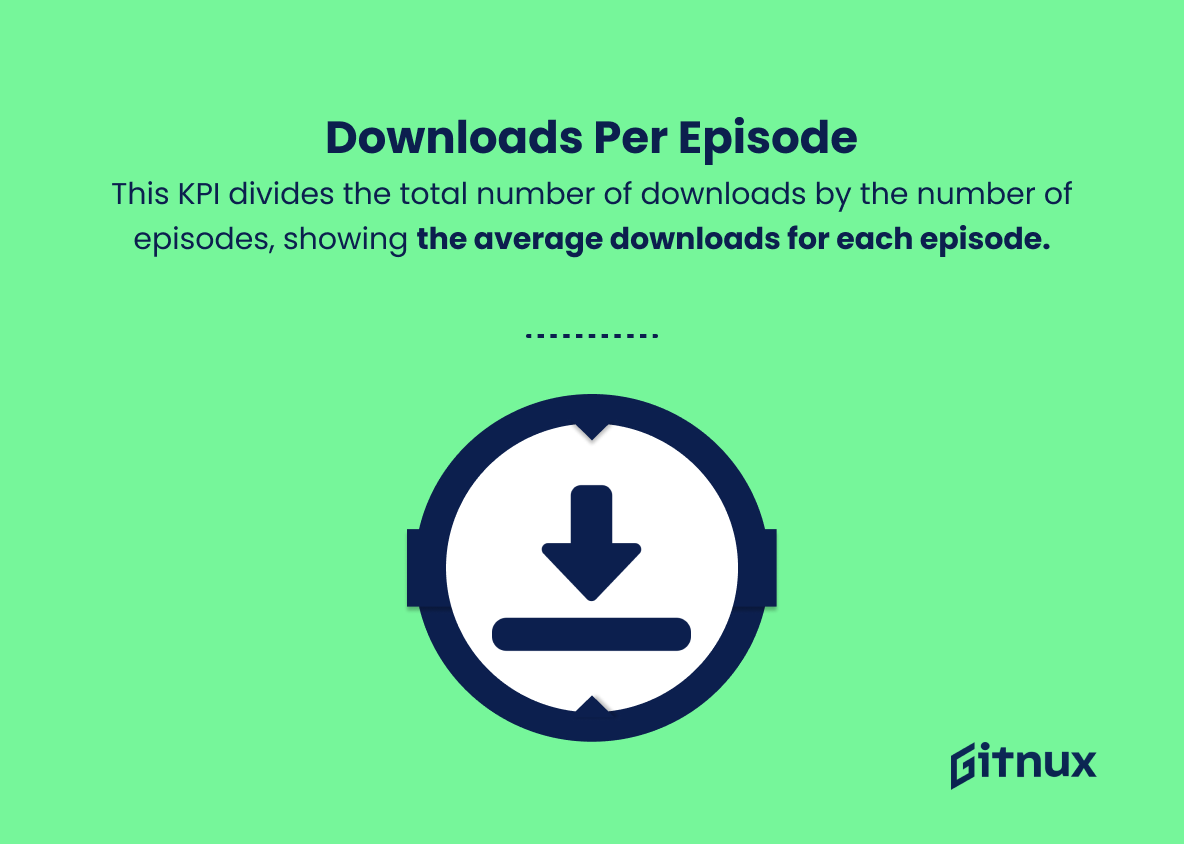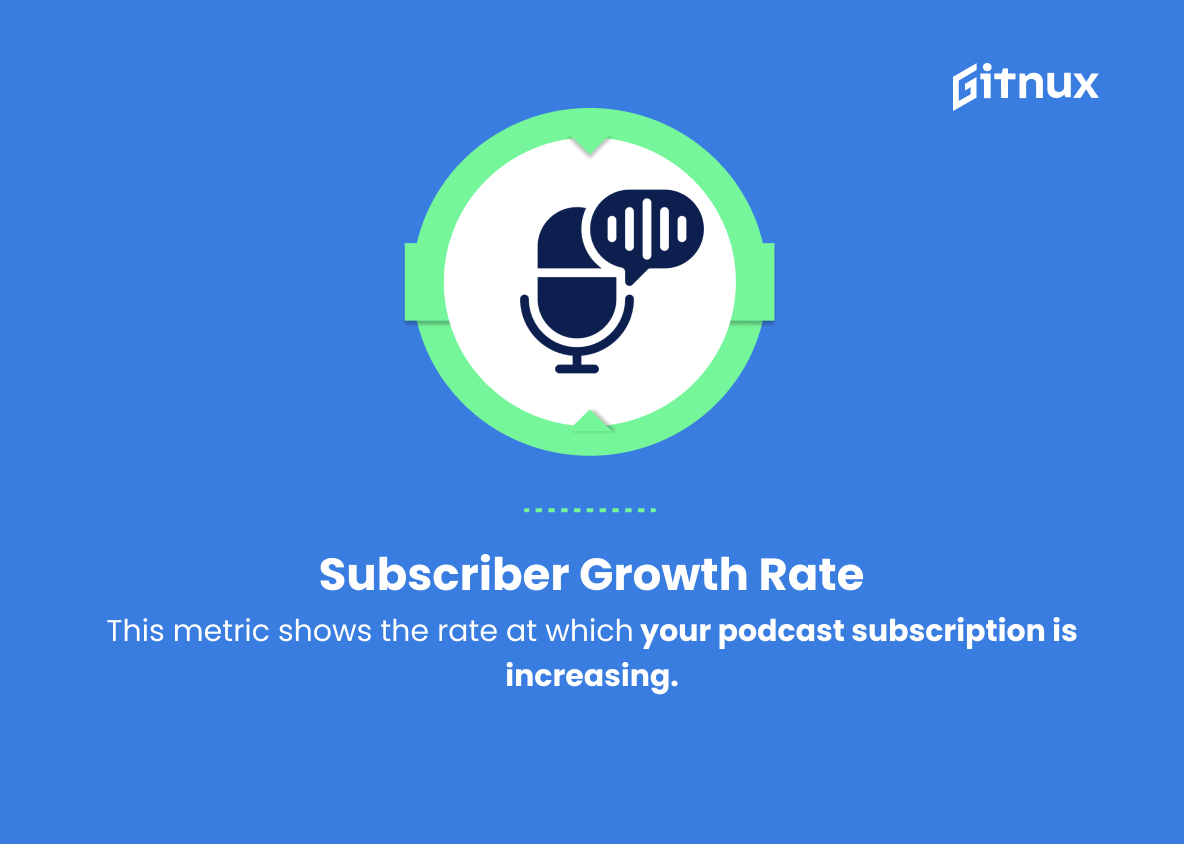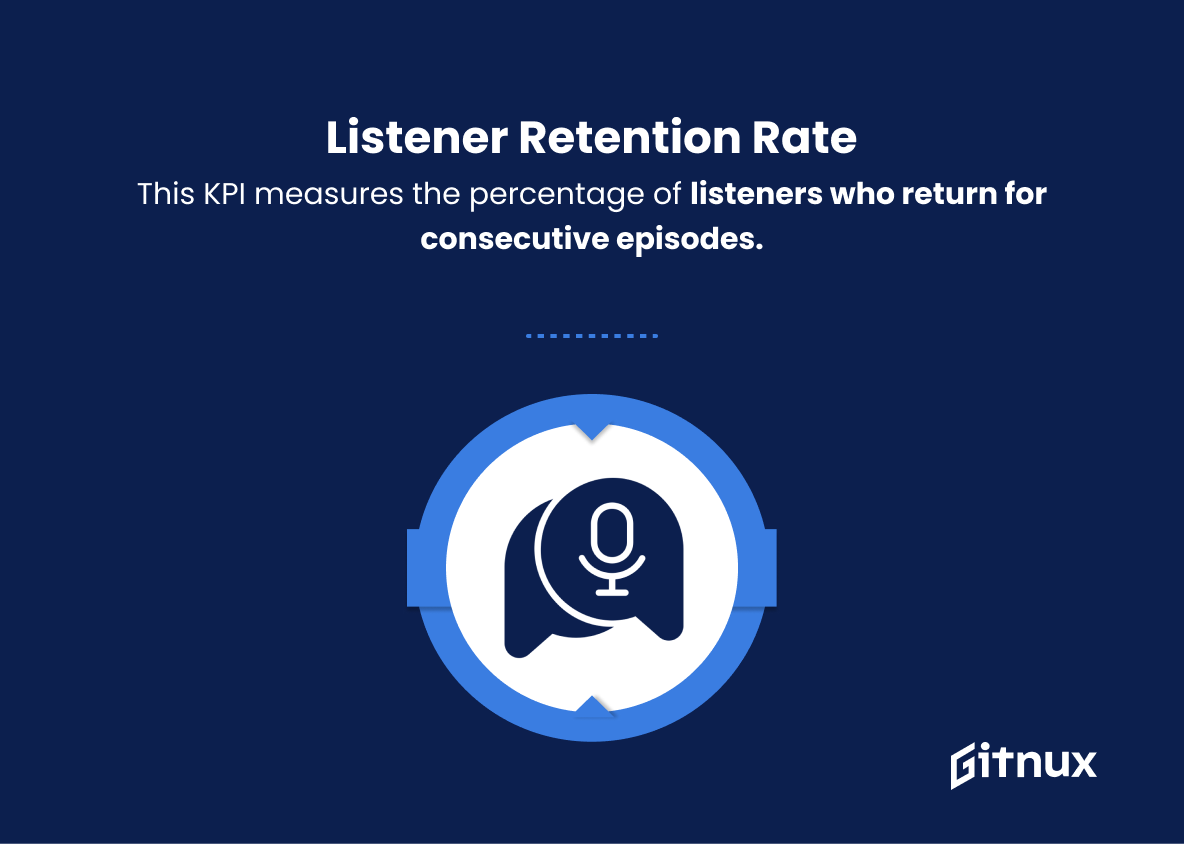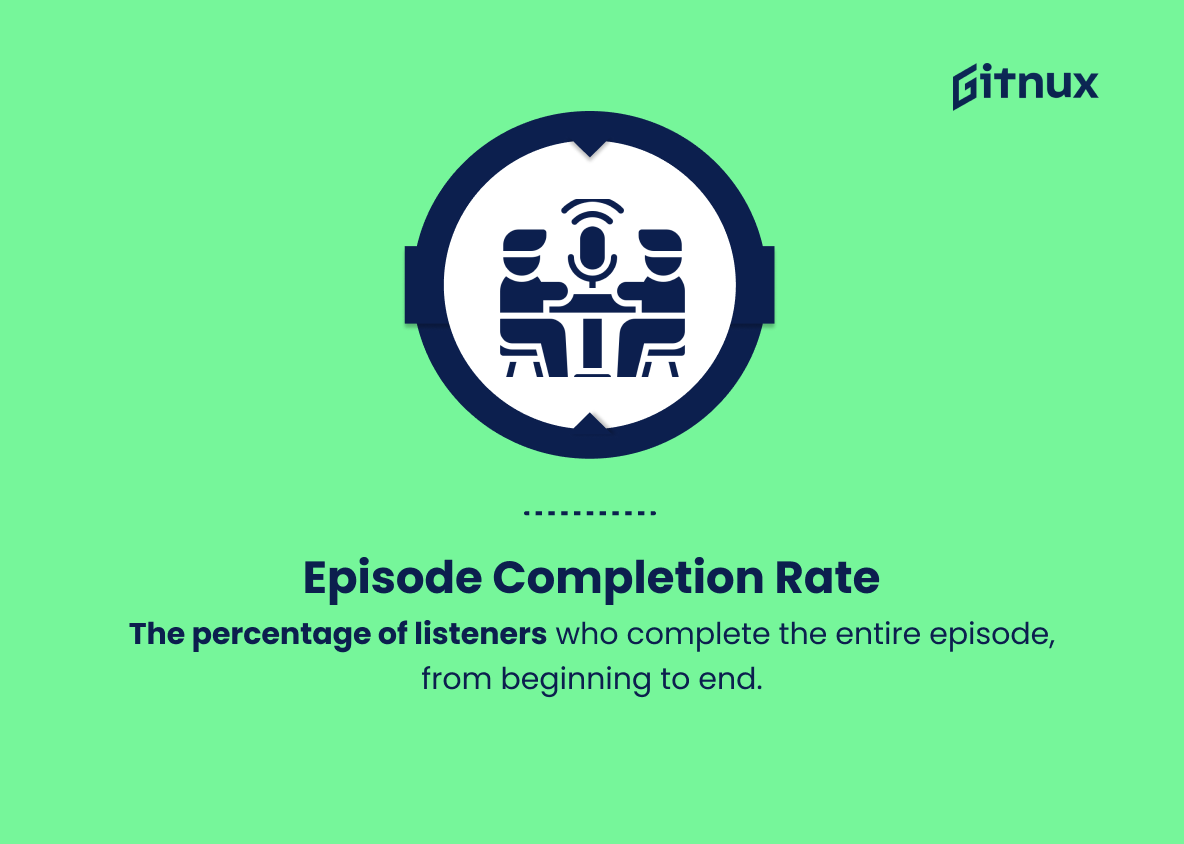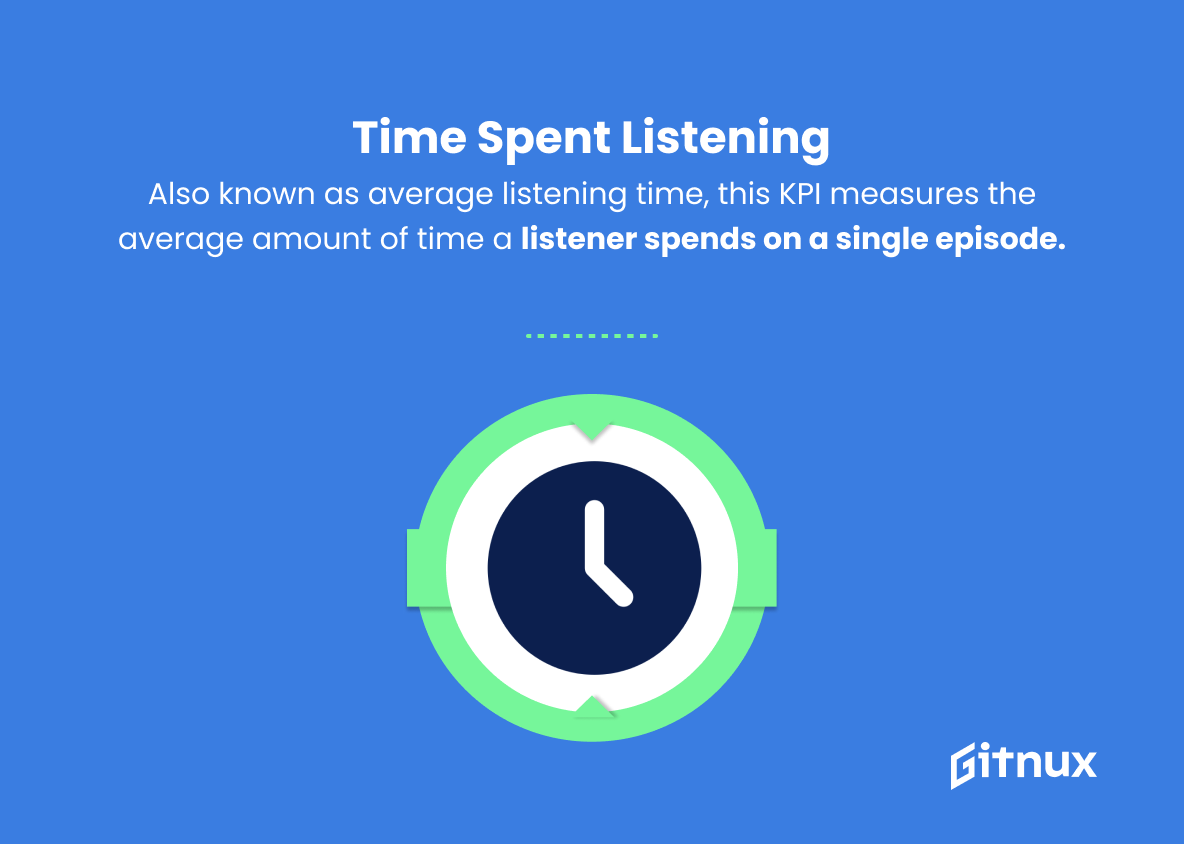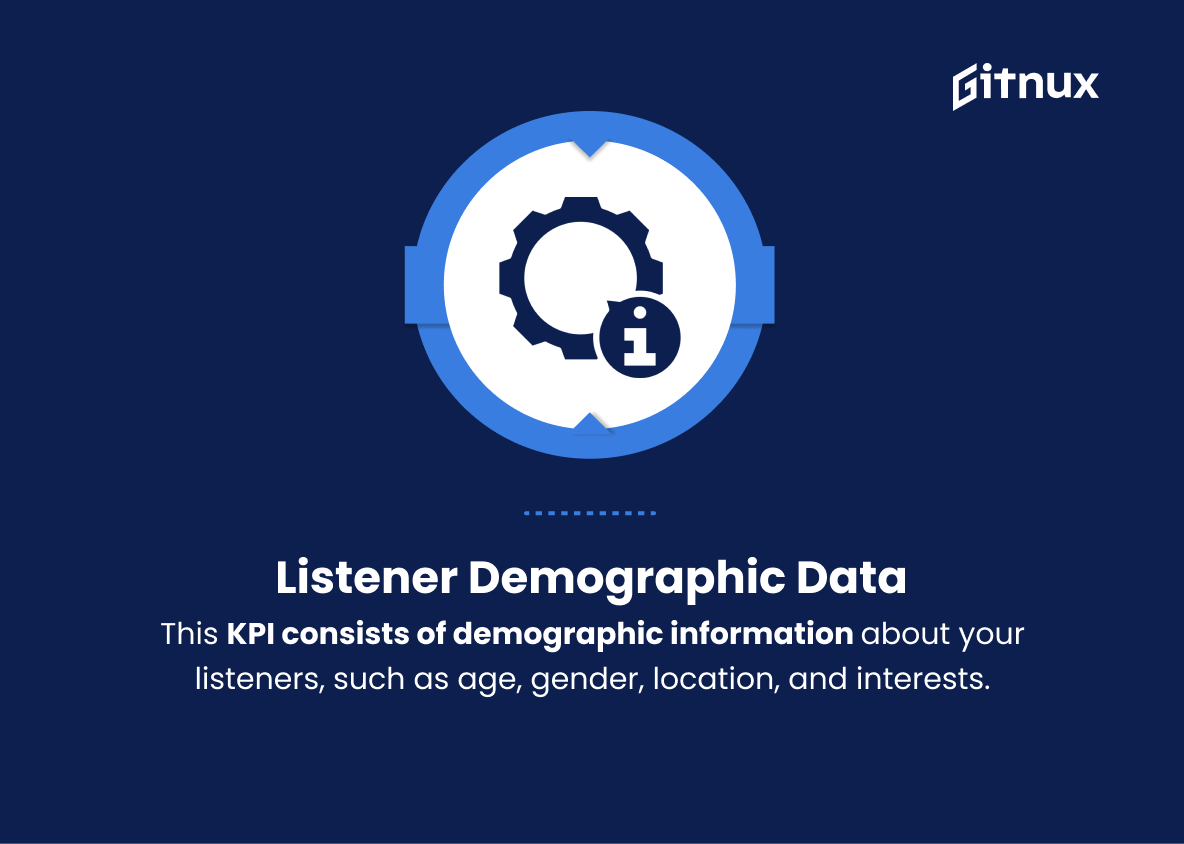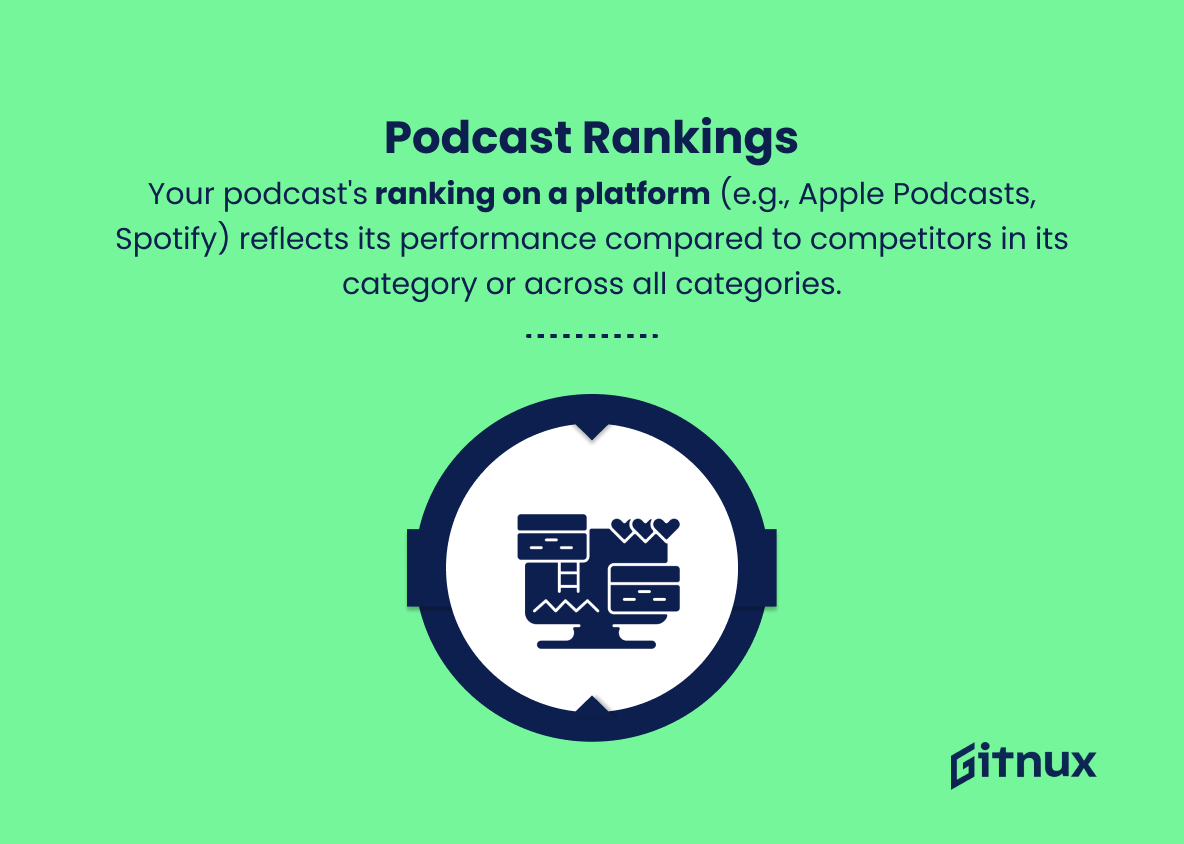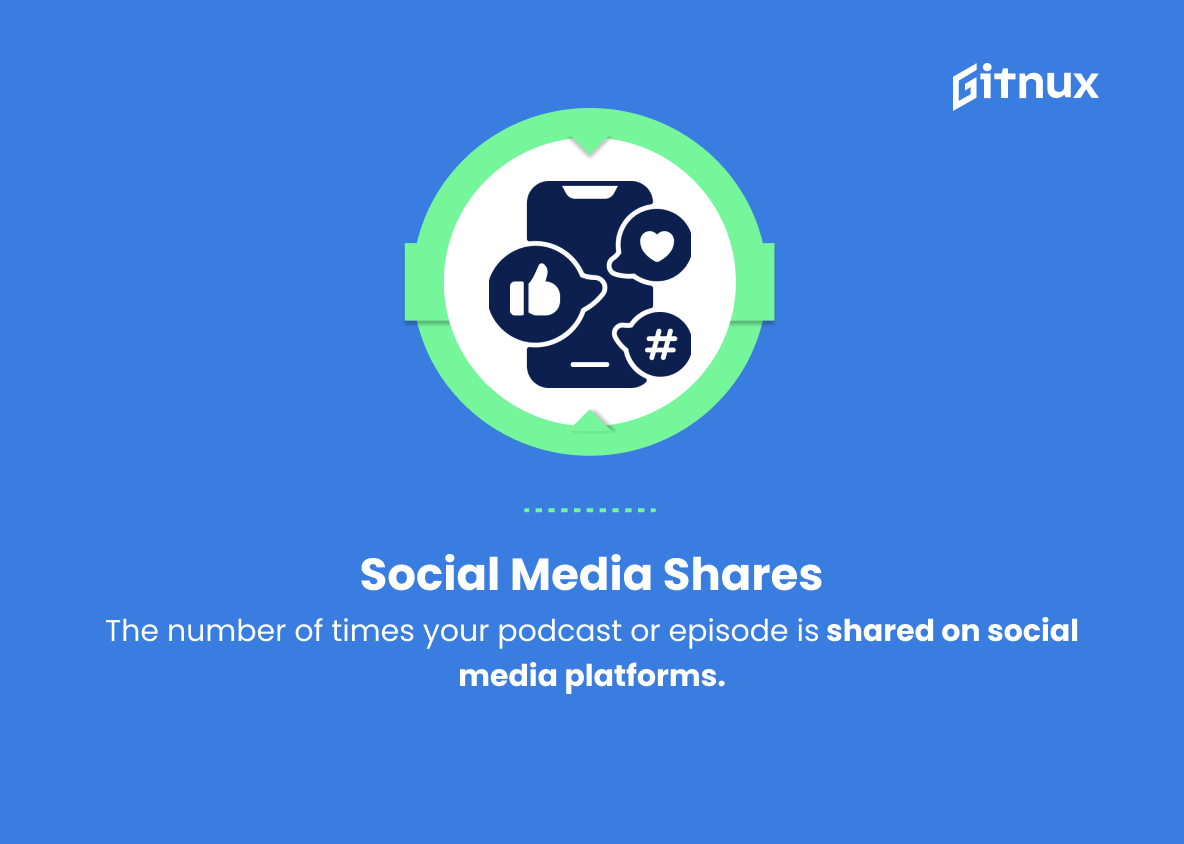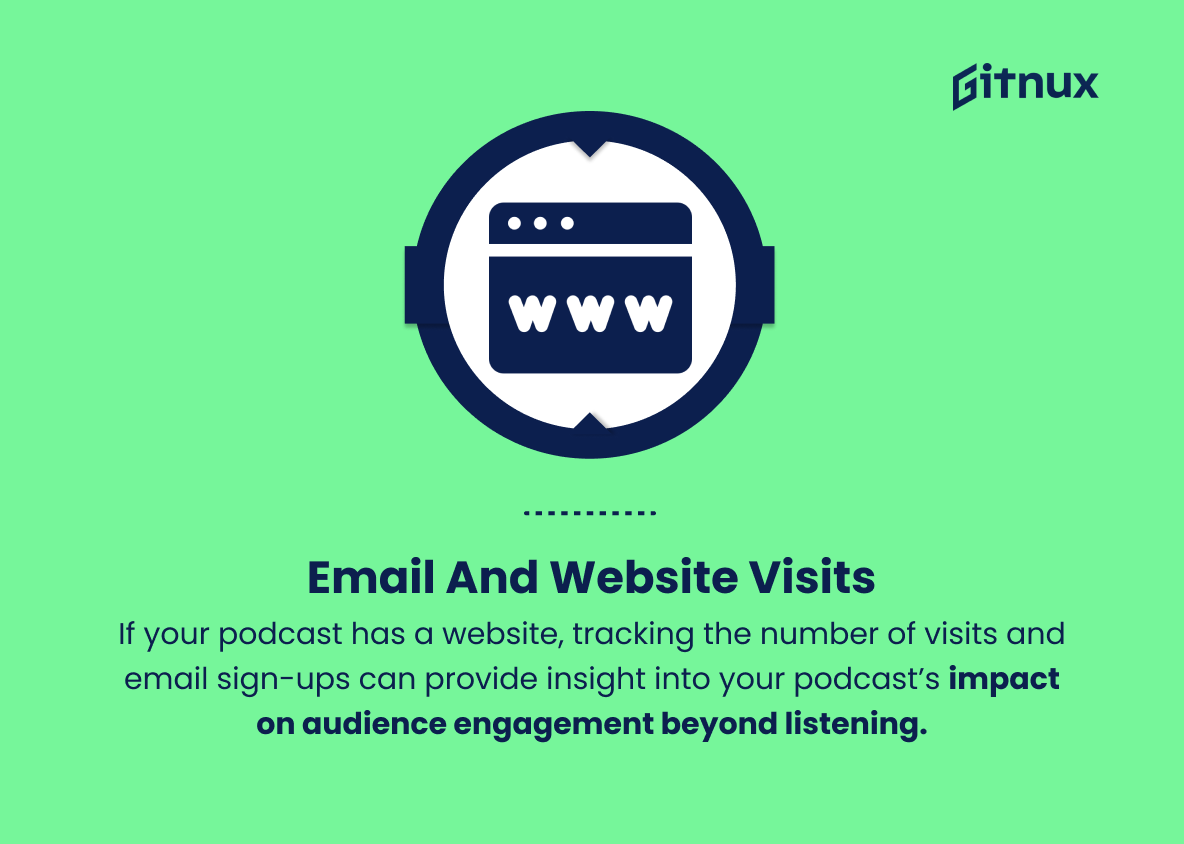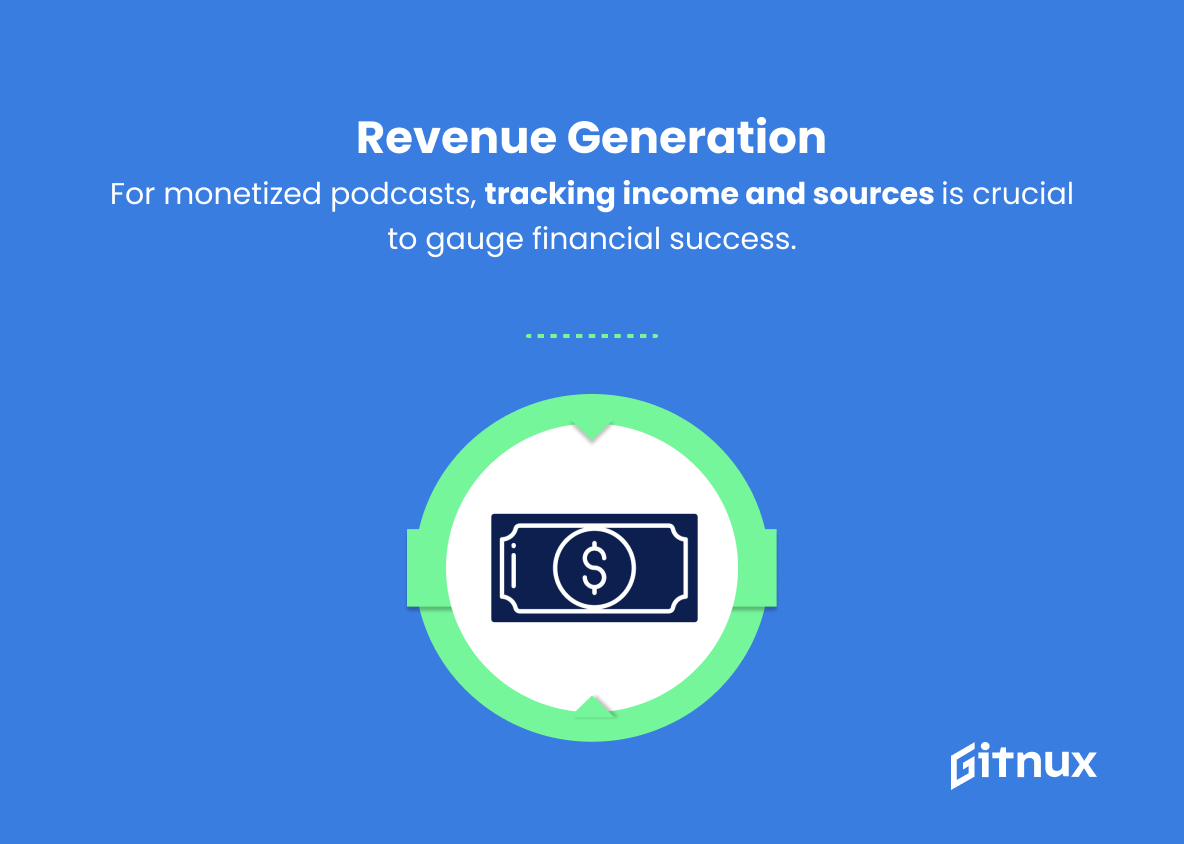In today’s data-driven world, effectively measuring the success and growth of a podcast is critical for content creators, advertisers, and avid listeners alike. Understanding the key performance indicators (KPIs) associated with podcasts can be a game changer in optimizing engagement and ensuring valuable content reaches the right audience.
This blog post dives into the world of podcast KPIs, exploring the most important metrics, how to track them, and how to use this data to drive your podcast’s success to new heights. Join us as we unravel the intricacies of podcast KPIs and help you harness the power of analytics to improve your podcasting journey.
Podcast KPIs You Should Know
1. Total number of downloads
One of the essential KPIs to track for a podcast is the total number of downloads. This metric indicates how many times an episode or the entire podcast has been downloaded, reflecting the podcast’s popularity and reach.
2. Average downloads per episode
This KPI divides the total number of downloads by the number of episodes, showing the average downloads for each episode. It helps understand the overall performance and consistency of the podcast.
3. Subscriber growth rate
This metric shows the rate at which your podcast subscription is increasing. Subscriber growth is essential to measure, as more subscribers indicate a growing loyal audience who will consistently listen to your content.
In today’s data-driven world, effectively measuring the success and growth of a podcast is crucial for content creators, advertisers, and avid listeners alike.4. Listener retention rate
This KPI measures the percentage of listeners who return for consecutive episodes. A high listener retention rate signifies that the content is engaging and relevant to the audience, prompting them to return for more.
5. Episode completion rate
The percentage of listeners who complete the entire episode, from beginning to end. This metric helps understand how engaging and captivating the content is for the audience.
6. Time spent listening
Also known as average listening time, this KPI measures the average amount of time a listener spends on a single episode. Higher time spent listening indicates that the content is interesting, and the audience is engaged.
7. Listener demographic data
This KPI consists of demographic information about your listeners, such as age, gender, location, and interests. Understanding your audience demographics helps in tailoring the podcast content to cater to their preferences.
8. Podcast rankings
Your podcast’s ranking within its category or across all categories on a particular platform (e.g., Apple Podcasts, Spotify) shows how well your podcast is performing compared to competitors.
9. Social media shares
The number of times your podcast or episode is shared on social media platforms. This KPI indicates how much buzz and discussion your podcast is generating within its listener base.
10. Listener reviews and ratings
The number and quality of reviews and ratings on podcast platforms give valuable qualitative feedback about your podcast. Analyzing listener feedback can help in making improvements and enhancing the overall podcast experience.
11. Email sign-ups and website visits
If your podcast has a website, tracking the number of visits and email sign-ups can provide insight into your podcast’s impact on audience engagement beyond listening.
12. Revenue generation
If your podcast is monetized (e.g., through sponsorships, donations, or merchandise sales), tracking the income generated and income sources is essential to measure its financial success.
Podcast KPIs, such as total downloads, average downloads per episode, subscriber growth rate, and listener retention rate, are crucial in measuring the reach, popularity, and engagement levels of a podcast.Podcast KPIs Explained
Podcast KPIs such as total downloads, average downloads per episode, subscriber growth rate, and listener retention rate are critical to measuring a podcast’s reach, popularity, and engagement.
Understanding these metrics, along with episode completion rate, time spent listening, listener demographics, podcast rankings, and social media shares, helps podcast creators tailor their content to resonate with their target audience while remaining competitive in the marketplace. Beyond audience engagement, podcasters should also analyze listener feedback through reviews, ratings, email sign-ups, and website visits, as these factors can help identify areas for improvement and enhance the overall podcast experience.
Finally, monitoring revenue generation from various revenue sources (sponsorships, donations, or merchandise sales) helps to measure a podcast’s financial success and ultimately guide its sustainability and growth.
Conclusion
In summary, tracking your podcast’s KPIs is critical to understanding its performance, growth potential, and areas for improvement. By monitoring metrics such as downloads, listener retention, and audience demographics, you can gain valuable insight into the success of your show and make strategic decisions to better engage your audience.
In addition, assessing your podcast’s social media and organic search engagement will help you fine-tune your marketing and SEO efforts. Remember, consistency and a commitment to quality content are the keys to success, and regularly analyzing your KPIs will pave the way for your podcast to thrive in an ever-growing industry.
